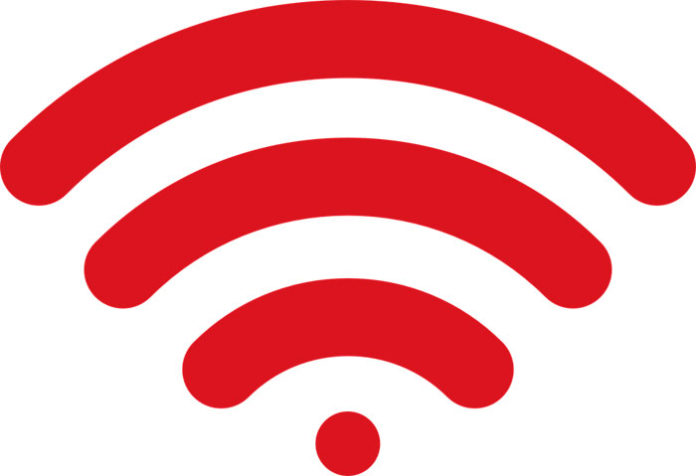A flexible material that converts radio signals into electrical current, is suitable for domestic use and improves the chance to have a world without batteries.
Scientists from the United States have developed a device known as rectenna, a semiconductor with a thickness of only a few atoms. Wi-Fi signals captured by a built-in antenna are converted to a direct current that is suitable for electronic circuits. The device can be used to deliver uninterrupted power to the elements of flexible smartphones, IoT gadgets, medical implants, and other portable sensors.
Due to its flexibility, it can also be used to cover large areas. This has serious implications for the future of “electronic intelligence,” as the researchers say. During experiments, rectenna generated over 40 microwatts of energy when exposed to normal Wi-Fi signals of about 150 microwatts. This energy is enough to light a simple mobile display or activate silicon chips.
To create rectenna, the team used a new 2D material called molybdenum disulfide, one of the world’s thinnest semiconductors. All antennas produce electricity, but so far in very small quantities. For example, in a portable radio station, the amplifier produces the signal powerful enough for you to hear the broadcast. Currently, scientists are planning to create more complex devices with increased efficiency.







